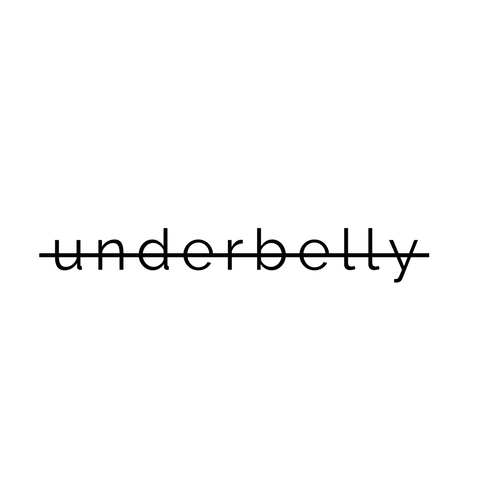Tracy K. Smith on revision
TRACY K. SMITH
I had even taken a class on the architecture of first books. I was really mindful of how sections work, that there’s a journey that the book as a whole is mapping out. I just said, “I’ll start with other people’s stories, and maybe that will allow me to move toward my own material.” So that book goes through all of the persona poems—the immigrant voices and the poems that are imagining other people’s lives in Mexico and in New York—to the poems about my mother to the poems about the life I was living at that point. Those other voices in the first section gave me the courage to write poems that were true to my own experience.
It’s not coincidental that my mom is in the middle of the book. So much of what I wanted to say when I was writing the book were things that I wanted to say to her. She passed away when I was still a child—or still acting like a child and hiding the facts of my life from her. So, in a way, having her as the center allowed me to feel like I was speaking to her. In specific moments, the poems become conscious of that.
But I also love thinking about things like the first and last line of each poem. I’ll put the poems in order, and I’ll just read the first and last line of every poem to see what the connection between one and the next is—where one poem leaves you and the next poem picks up. Or, I’ll think about the very first line of the book and the very last line of the book and what kind of gesture they represent. Is it a gesture toward hope? Is it a gesture toward something bleak?
*
But I don’t think about a reader when I’m writing poems. This is what I believe: if a poem is realized, then the speaker or the poet’s investment—and I think there’s a little bit of a gap between those two things, though in some ways they align themselves with one another—is transferred to the reader. And if I can trust that to be true, then I can dwell in the process of writing—moving toward what I don’t know and toward the discoveries that poems, I believe, are constantly making.
Of course, there also comes a time when I want to make sure the reader understands what’s going on. But I like to think of the encounter between me as the poet and the language that becomes the poem as utterly private. In this space, I can ask anything of the poem.
*
The revelation that I didn’t have to use knowledge to set everything in motion in a poem had a lot to do with realizing that there are a lot of questions in poems, and they’re usually not answered. I realized that I didn’t have to solve the problem. I just had to dwell upon it, live in it, feel it, make it present, and speak to it. That was so liberating to me. I tell my students this: often, the most honest stance you can take is that of questioning. The most you can be certain of is that of which you wonder.
